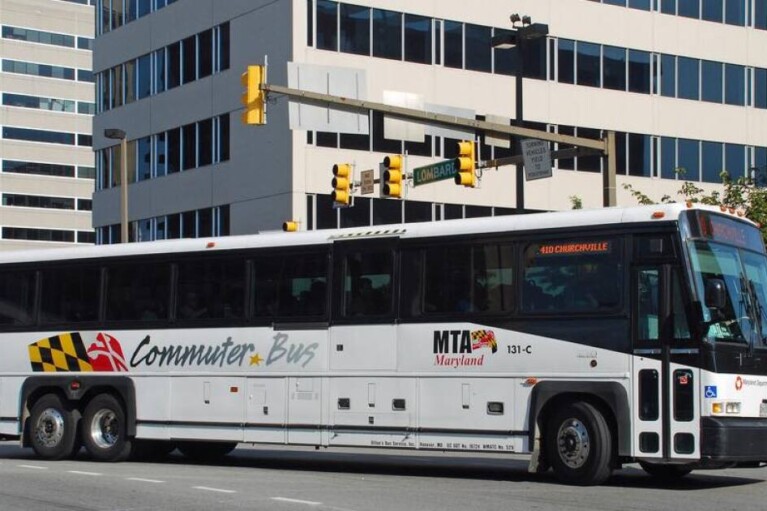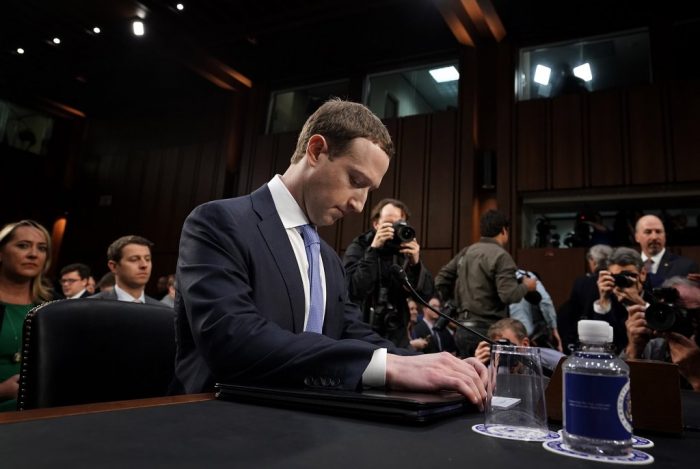Opinion: Meaningful Partnership Between Baltimore County, City Is Needed

The parallels between what is going on nationally and in the Baltimore region are striking. We have witnessed calls to limit public transportation to and from Baltimore city and to limit housing options for the poor. We have even heard racist anti-immigrant dog whistles from some candidates and elected officials here in Maryland. The regional isolationism promoted by these politicians seems to be driven by either a desire for political gain or by outright cowardice.
We must emphatically reject this appeal to baser instincts in Baltimore County as well as nationally. We need elected officials who are willing to face problems head-on, speak the truth and make bold decisions.
Case in point: The reasons for Baltimore County to partner with Baltimore city — as opposed to run away from it — are quite simple. First and most obvious is geographical proximity. Baltimore County surrounds the city so Baltimore city’s failures and successes affect the county as well as the entire region.
While a Goucher poll earlier this year showed that two-thirds of Marylanders felt that Baltimore is not Maryland’s economic engine, Baltimore city in fact remains a critical linchpin of Maryland’s economy.
Yes, Baltimore has undeniable difficulties. But prominent among them are years of under-investment in infrastructure and a general apathy among some political leaders. Protestations to the contrary, attitudes from the governor for the past four years have ranged from indifference to hostility. The state budget, authored by the governor and his budget director, have disadvantaged the city accordingly.
The canceled Red Line and State Center projects would have created jobs and benefited the entire region. The roll-back of air quality regulations has blocked needed improvement in the air all Marylanders breathe, but Baltimore city, in particular, has suffered as having among the worst air quality of cities on the East Coast.
The daily reports of violence in the city, the loss of public trust in law enforcement and the justice system, and the real and appalling stories of failing city school facilities are not helping. These problems, however, have been aggravated by Annapolis’s lack of investment in Baltimore.
Small wonder that appreciation of Baltimore’s important role in statewide progress is lacking among Goucher’s survey respondents. Certainly, the words and actions from Annapolis over the last four years have fostered the false impression that somehow Baltimore’s fortunes are divorced from Maryland’s.
Baltimore city does not suffer in a vacuum. The state’s rankings on the economy, job creation and school performance have deteriorated over the past four years, and Baltimore County’s population growth, school performance and job growth lag those of our neighbors, particularly Howard and Montgomery counties.
Studies such as the recent Brookings Institution report, “Renewing America’s Economic Promise Through Older Industrial Cities” (April 2018), do offer hope for Baltimore city and other older industrial cities.
Politicians who pander to fear and anxiety for personal political gain, however, do not offer real solutions to problems. We need new, courageous leadership with the vision to combine our strengths to build a better future for all of Maryland.
Meaningful partnerships among jurisdictions will be required to make that better future a reality. But it can be done.
The writer is a Lutherville resident and a Democratic candidate for the Maryland House of Delegates from District 42B. He can be reached at [email protected].




 Creative Commons Attribution
Creative Commons Attribution